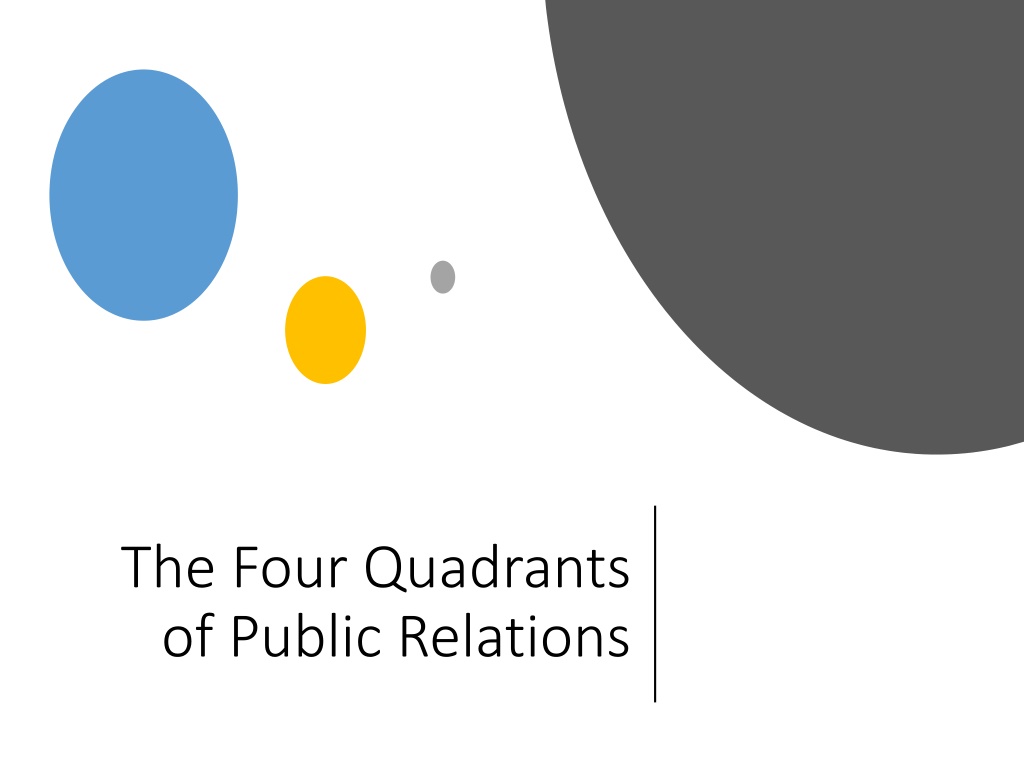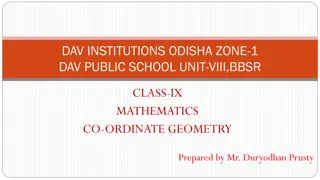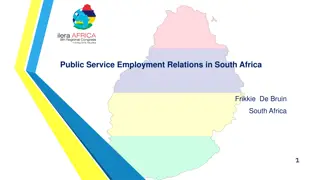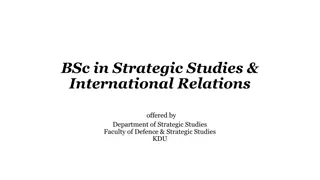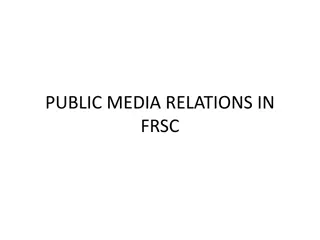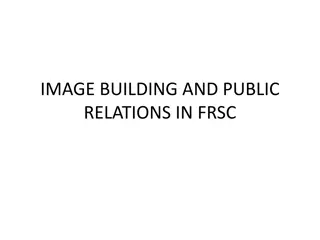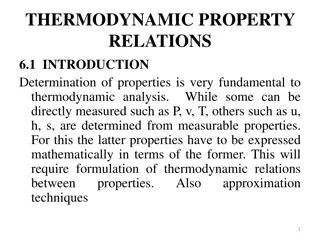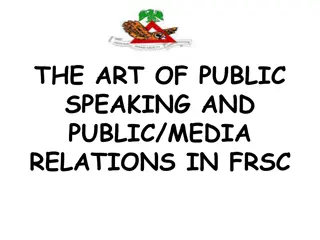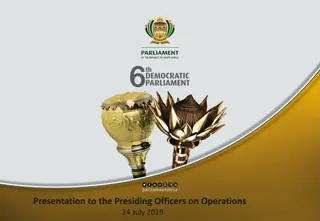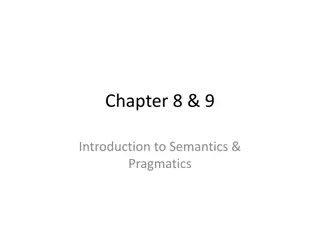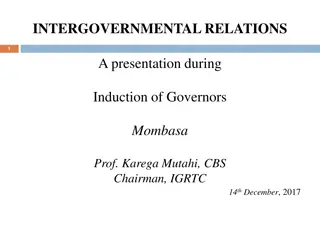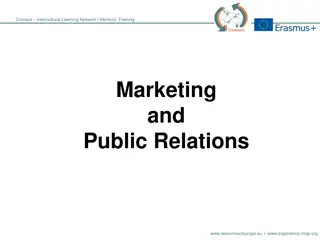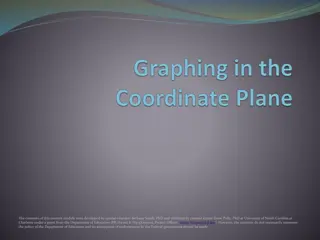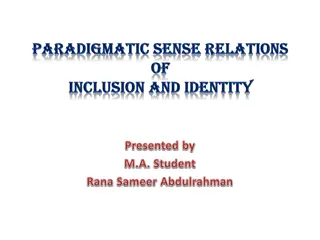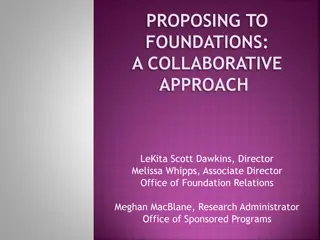Understanding the Four Quadrants of Public Relations
Public relations professionals engage in various relationships including internal, external, personal, and community interactions. The four quadrants of PR include Media, Community, Business, and Government relations. Each quadrant encompasses specific responsibilities and strategies such as managing media relations, fostering community engagement, handling business communications, and influencing government affairs. Media relations involve tasks like sending press releases, arranging interviews, and responding to media inquiries, while community relations focus on building relationships within physical and online communities. Understanding these quadrants is crucial for effective PR management and strategy development.
Uploaded on Sep 25, 2024 | 0 Views
Download Presentation

Please find below an Image/Link to download the presentation.
The content on the website is provided AS IS for your information and personal use only. It may not be sold, licensed, or shared on other websites without obtaining consent from the author. Download presentation by click this link. If you encounter any issues during the download, it is possible that the publisher has removed the file from their server.
E N D
Presentation Transcript
The Four Quadrants of Public Relations
PR professionals content with a myriad of relationships including: Internal and external relations Personal relations 1944 Rex Harlow wrote Public Relations at the Crossroads Personnel relations Industrial relations Stockholder relations Board of directors relations Customer relations Government relations Supplier-creditor relations Community relations Trade relations Opinion surveys Advertising Publicity Public relations responsibilities of the time generally included press, radio, motion pictures, printing, public speaking, and professional writing
Four Quadrants of Public Relations
1. Media Inclusive of publicity, as well as traditional and social press 2. Community Inclusive of internal, external, online, employee, consumer, and personal interactions Four Quadrants of Public Relations 3. Business Inclusive of investor relations, C- level executive advertisement, and social care (customer service) 4. Government Inclusive of political, lobbying, public affairs, and issues management
Quadrant 1: Media Relations Traditionally, public relations practitioners manage their social media relations responsibilities by sending press releases, pitch emails, arranging interviews, organizing press conferences, and responding to media inquiries. Example: American Bar Association (ABA) Pitching the perfect story is dependent upon a practitioner s ability to spot and capitalize on newsworthy trends occurring in the world. PR pros are no longer responsible solely for delivering the message, but also for creating the message, maintaining the message, and cultivating the message.
Quadrant 2: Community Relations Companies and organizations are giving back to the communities in which they reside, which in turn require PR practitioners representing these organizations to further cultivate the relationships between the organization and the community. Community no longer means just the physical community, but also the online community. Community relations practitioners are asked to perform a multitude of tasks including: Ability to create, implement, and manage the organization's community awareness initiatives Create strategic alliances with representatives of consumer, employee, and public interest groups, key provider practices, vendors, government agencies, and prominent community organizations Participate in community activities surrounding corporate issues, including serving on committees, meeting with elected officials and politicians, sitting on various planning boards, speaking at and attending community board and similar meetings, etc.
Quadrant 3: Business Relations There is an increased level of responsibility expected of the PR practitioner to guide the CEO, or other executive officials, through the organization s PR plan, reputation management, and brand management. Public relations must be a part of every department within a business. Strategic thinking should include in addition to customary market and competitive obstacles significant nation-state cultural, social, and political biases. Corporate scandals have had an overwhelming impact on how the public assesses corporations, their leaders, and their securities. Companies must give back to society to begin to regain public trust. Accountability and responsibility are differentiators in today s global workforce.
Quadrant 4: Government Relations Practitioners in government relations are also known as public affairs officers or public affairs specialists. Support the company s public policy initiatives Develop legislative and regulatory proposals on behalf of the company Practice effective public relations strategies Maintain positive relationships with legislature Lobbying of the legislature to advocate on behalf of legislation important to enhancing an organization in a strategic manner Politicians use PR tactics to benefit themselves as they conduct daily activities and annual campaigns. Promote and defend their service in office, with an eye toward the next election Practitioners are responsible for leading the way in shaping these carefully worded messages as they coordinate speaking engagements; plan special events at nursing homes, churches, or daycare centers; write press releases; and ensure that the politician is on message each time.
